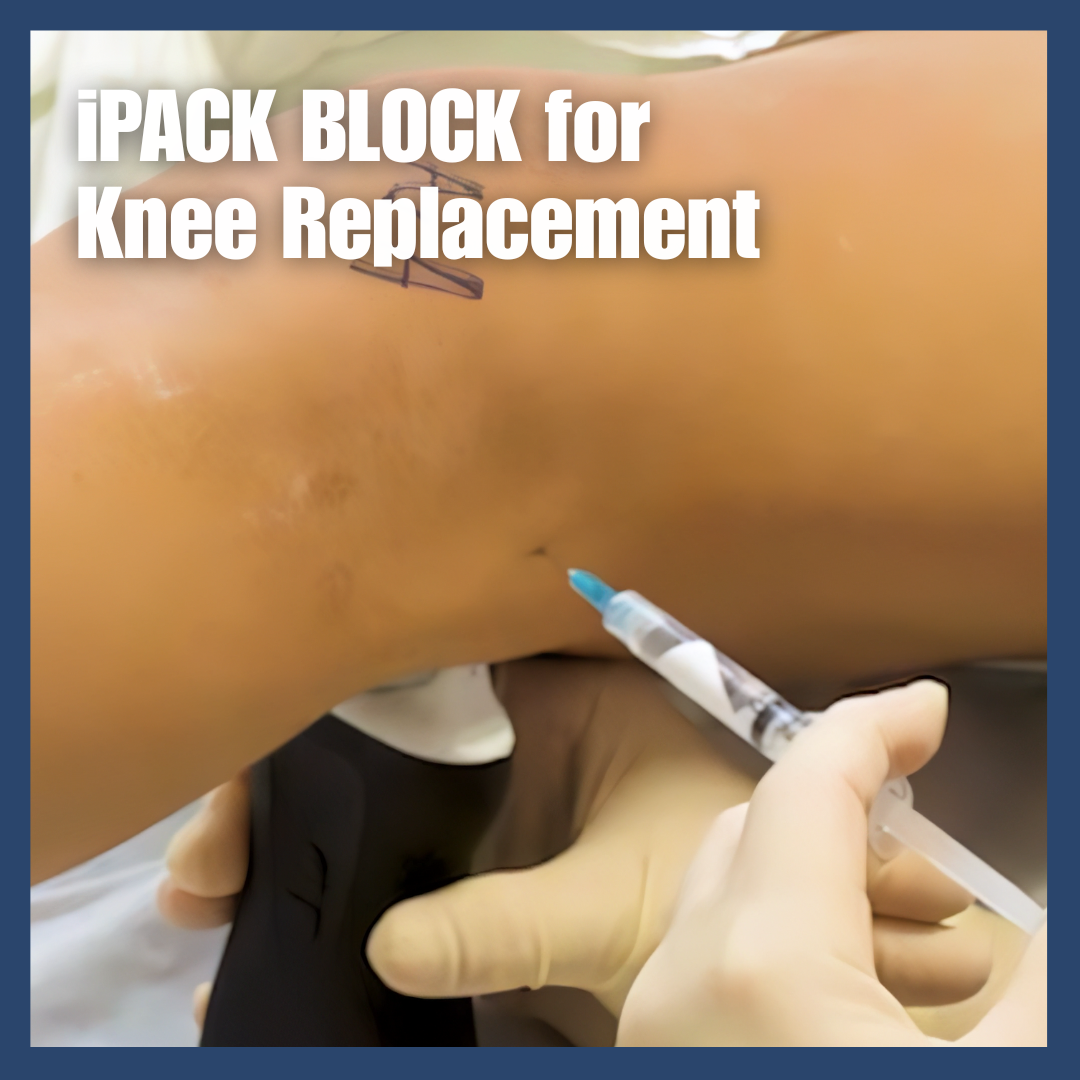Best Topical Arthritis Treatment Options
I often hear the question, "What can I use topically to treat my joint pain?" Well, if you go to the store, you'll see a lot of options. There's capsaicin cream, lidocaine cream, and there's even lidocaine patches. But the one that I would highlight is Voltaren Gel. Voltaren is a true anti-inflammatory offered in a gel form that is over-the-counter (and also in a pill formulation by prescription). It's a true anti-inflammatory. You can place it on the skin several times a day, and for a lot of people, it produces great results.
What are topical pain medications?
Topical pain medications are absorbed through your skin. Because the ingredients are absorbed through the skin, most topical pain medications are best used on joints that are close to the surface of the skin, such as the joints in your hands and knees.
Common Ingredients in Topical Pain Relievers
- Capsaicin. Capsaicin causes the burning sensation associated with pepper plants. Capsaicin creams interfere with the nerve cells ability to send pain messages. Capzasin and Zostrix are a couple examples of capsaicin-containing creams. Capsaicin is most effective if used several times a day and usually is increasingly effective over the first couple weeks of use.
- Anesthetics. Topical anesthetics such as lidocaine produce a numb sensation on the skin. Lidocaine is available in the form of a cream, gel, spray or patch. Examples of lidocaine-based products are LidoPatch and Topicaine.
- Salicylates. Salicylates contain the pain-relieving (and anti-inflammatory) substance found in aspirin. Examples include Aspercreme and Bengay.
- Counterirritants. Substances such as menthol and camphor produce a sensation of hot or cold that may temporarily override your ability to feel your arthritis pain. Examples include Icy Hot and Biofreeze.
- Prescription Anti-inflammatory. Topical voltaren gel contains the prescription (oral) anti-inflammatory diclofenac. Diclofenac is a non-steroidal anti-inflammatory (NSAID) similar to Ibuprofen.
How well do topical joint pain medicines work?
Opinions differ on the effectiveness of over-the-counter topical pain medications. While many people say these products help relieve their arthritis pain, scientific research reveals only modest benefits. Some products work only slightly or no better than a placebo in relieving arthritis pain. In some studies, capsaicin appears to be more effective when used with other treatments, such as pills containing nonsteroidal anti-inflammatory drugs (NSAIDs).
Are topical arthritis medications safe to use?
Application of capsaicin creams can make your skin burn or sting, but the discomfort generally improves within a few weeks of daily use. If you are allergic to aspirin or are taking blood thinners, check with your doctor before using topical medications that contain salicylates. Also, using too much can be toxic. Caution: DO NOT use topical pain relievers on broken or irritated skin or with a heating pad or occlusive bandage.
Contact Dr. Calendine for more information on over-the-counter and prescription joint pain treatment options (615) 791-2630.








